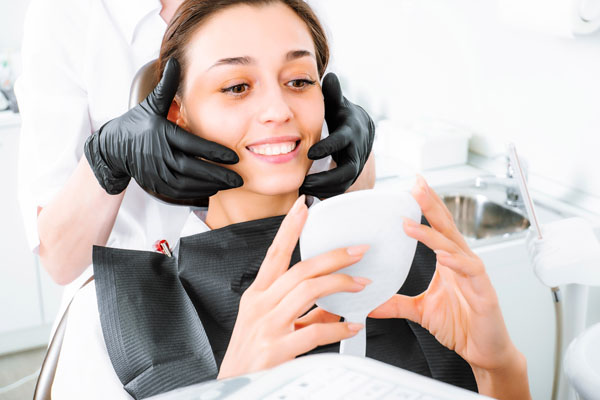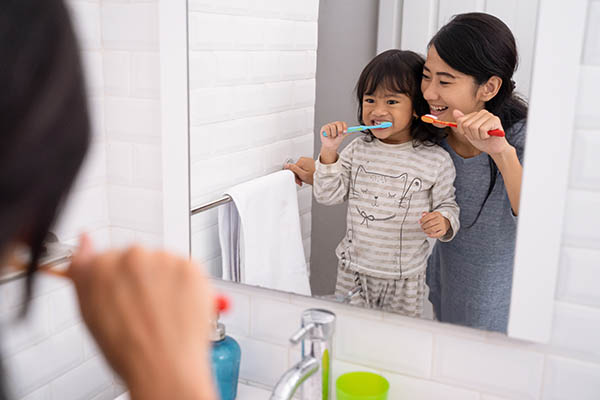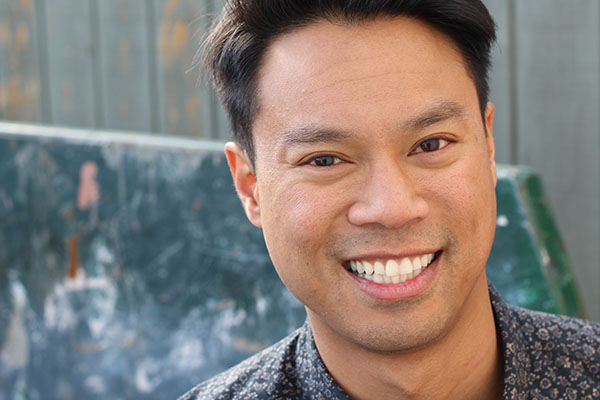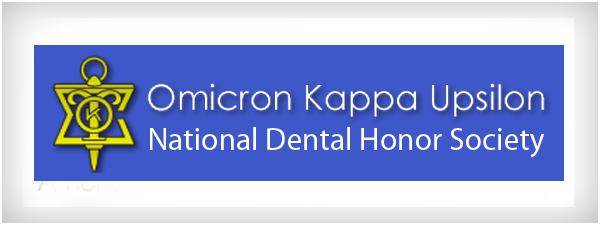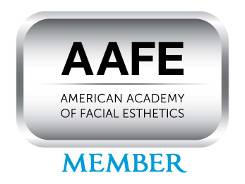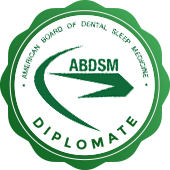HeadachesBellevue, WA
Introduction
You're sitting at your desk, working on a difficult task, when it suddenly feels as if a belt or vice is being tightened around the top of your head. Or you have periodic headaches that occur with nausea and increased sensitivity to light or sound. Maybe you are involved in a routine, non-stressful task when you're struck by head or neck pain.
Sound familiar? If so, you've suffered one of the many types of headache that can occur on its own or as part of another disease or health condition.
Anyone can experience a headache. Nearly 2 out of 3 children will have a headache by age 15. More than 9 in 10 adults will experience a headache sometime in their life. Headache is our most common form of pain and a major reason cited for days missed at work or school as well as visits to the doctor. Without proper treatment, headaches can be severe and interfere with daily activities.
Certain types of headache run in families. Episodes of headache may ease or even disappear for a time and recur later in life. It's possible to have more than one type of headache at the same time.
Primary headaches occur independently and are not caused by another medical condition. It's uncertain what sets the process of a primary headache in motion. A cascade of events that affect blood vessels and nerves inside and outside the head causes pain signals to be sent to the brain. Brain chemicals called neurotransmitters are involved in creating head pain, as are changes in nerve cell activity (called cortical spreading depression). Migraine, cluster, and tension-type headache are the more familiar types of primary headache.
Secondary headaches are symptoms of another health disorder that causes pain-sensitive nerve endings to be pressed on or pulled or pushed out of place. They may result from underlying conditions including fever, infection, medication overuse, stress or emotional conflict, high blood pressure, psychiatric disorders, head injury or trauma, stroke, tumors, and nerve disorders (particularly trigeminal neuralgia, a chronic pain condition that typically affects a major nerve on one side of the jaw or cheek).
Taken with permission form the National Institutes of Health and National Institute of Neurological Disorders and Stroke
Why Headaches Hurt
Information about touch, pain, temperature, and vibration in the head and neck is sent to the brain by the trigeminal nerve, one of 12 pairs of cranial nerves that start at the base of the brain.
The nerve has three branches that conduct sensations from the scalp, the blood vessels inside and outside of the skull, the lining around the brain (the meninges), and the face, mouth, neck, ears, eyes, and throat.
Brain tissue itself lacks pain-sensitive nerves and does not feel pain. Headaches occur when pain-sensitive nerve endings called nociceptors react to headache triggers (such as stress, certain foods or odors, or use of medicines) and send messages through the trigeminal nerve to the thalamus, the brain's "relay station" for pain sensation from all over the body. The thalamus controls the body's sensitivity to light and noise and sends messages to parts of the brain that manage awareness of pain and emotional response to it. Other parts of the brain may also be part of the process, causing nausea, vomiting, diarrhea, trouble concentrating, and other neurological symptoms.
Diagnosing Your Headache
How and under what circumstances a person experiences a headache can be key to diagnosing its cause. Keeping a headache journal can help a physician better diagnose your type of headache and determine the best treatment. After each headache, note the time of day when it occurred; its intensity and duration; any sensitivity to light, odors, or sound; activity immediately prior to the headache; use of prescription and nonprescription medicines; amount of sleep the previous night; any stressful or emotional conditions; any influence from weather or daily activity; foods and fluids consumed in the past 24 hours; and any known health conditions at that time. Women should record the days of their menstrual cycles. Include notes about other family members who have a history of headache or other disorder. A pattern may emerge that can be helpful to reducing or preventing headaches.
Headache Types and Their Treatment
The International Classification of Headache Disorders, published by the International Headache Society, is used to classify more than 150 types of primary and secondary headache disorders.
Primary headache disorders are divided into four main groups: migraine, tension-type headache, trigeminal autonomic cephalgias (a group of short-lasting but severe headaches), and a miscellaneous group.
MIGRAINES
If you suffer from migraine headaches, you're not alone. About 12 percent of the U.S. population experience migraines, one form of vascular headaches. Vascular headaches are characterized by throbbing and pulsating pain caused by the activation of nerve fibers that reside within the wall of brain blood vessels traveling within the meninges. Blood vessels narrow, temporarily, which decreases the flow of blood and oxygen to the brain. This causes other blood vessels to open wider and increase blood flow.
Migraines involve recurrent attacks of moderate to severe pain that is throbbing or pulsing and often strikes one side of the head. Untreated attacks last from 4 to 72 hours. Other common symptoms are increased sensitivity to light, noise, and odors; and nausea and vomiting. Routine physical activity, movement, or even coughing or sneezing can worsen the headache pain.
Migraines occur most frequently in the morning, especially upon waking. Some people have migraines at predictable times, such as before menstruation or on weekends following a stressful week of work. Many people feel exhausted or weak following a migraine but are usually symptom-free between attacks.
A number of different factors can increase your risk of having a migraine. These factors, which trigger the headache process, vary from person to person and include sudden changes in weather or environment, too much or not enough sleep, strong odors or fumes, emotion, stress, overexertion, loud or sudden noises, motion sickness, low blood sugar, skipped meals, tobacco, depression, anxiety, head trauma, hangover, some medications, hormonal changes, and bright or flashing lights. Medication overuse or missed doses may also cause headaches. In some 50 percent of migraine sufferers, foods or ingredients can trigger headaches. These include aspartame, caffeine (or caffeine withdrawal), wine and other types of alcohol, chocolate, aged cheeses, monosodium glutamate, some fruits and nuts, fermented or pickled goods, yeast, and cured or processed meats. Keeping a diet journal will help identify food triggers.
Who Gets Migraines?
Migraines occur in both children and adults, but affect adult women three times more often than men. There is evidence that migraines are genetic, with most migraine sufferers having a family history of the disorder. They also frequently occur in people who have other medical conditions. Depression, anxiety, bipolar disorder, sleep disorders, and epilepsy are more common in individuals with migraine than in the general population. Migraine sufferers-in particular those individuals who have pre-migraine symptoms referred to as aura-have a slightly increased risk of having a stroke.
Migraine in women often relates to changes in hormones. The headaches may begin at the start of the first menstrual cycle or during pregnancy. Most women see improvement after menopause, although surgical removal of the ovaries usually worsens migraines. Women with migraine who take oral contraceptives may experience changes in the frequency and severity of attacks, while women who do not suffer from headaches may develop migraines as a side effect of oral contraceptives.
- Migraine with aura, previously called classic migraine, includes visual disturbances and other neurological symptoms that appear about 10 to 60 minutes before the actual headache and usually last no more than an hour. Individuals may temporarily lose part or all of their vision. The aura may occur without headache pain, which can strike at any time. Other classic symptoms include trouble speaking; an abnormal sensation, numbness, or muscle weakness on one side of the body; a tingling sensation in the hands or face, and confusion. Nausea, loss of appetite, and increased sensitivity to light, sound, or noise may precede the headache.
- Migraine without aura, or common migraine, is the more frequent form of migraine. Symptoms include headache pain that occurs without warning and is usually felt on one side of the head, along with nausea, confusion, blurred vision, mood changes, fatigue, and increased sensitivity to light, sound, or noise.
TENSTION-TYPE
Tension-type headache, previously called muscle contraction headache, is the most common type of headache. Its name indicates the role of stress and mental or emotional conflict in triggering the pain and contracting muscles in the neck, face, scalp, and jaw. Tension-type headaches may also be caused by jaw clenching, intense work, missed meals, depression, anxiety, or too little sleep. Sleep apnea may also cause tension-type headaches, especially in the morning. The pain is usually mild to moderate and feels as if constant pressure is being applied to the front of the face or to the head or neck. It also may feel as if a belt is being tightened around the head. Most often the pain is felt on both sides of the head. People who suffer tension-type headaches may also feel overly sensitive to light and sound but there is no pre-headache aura as with migraine. Typically, tension-type headaches usually disappear once the period of stress or related cause has ended. Tension-type headaches affect women slightly more often than men. The headaches usually begin in adolescence and reach peak activity in the 30s. They have not been linked to hormones and do not have a strong hereditary connection.
There are two forms of tension-type headache: Episodic tension-type headaches occur between 10 and 15 days per month, with each attack lasting from 30 minutes to several days. Although the pain is not disabling, the severity of pain typically increases with the frequency of attacks. Chronic tension-type attacks usually occur more than 15 days per month over a 3-month period. The pain, which can be constant over a period of days or months, strikes both sides of the head and is more severe and disabling than episodic headache pain. Chronic tension headaches can cause sore scalps-even combing your hair can be painful. Most individuals will have had some form of episodic tension-type headache prior to onset of chronic tension-type headache.
Depression and anxiety can cause tension-type headaches. Headaches may appear in the early morning or evening, when conflicts in the office or at home are anticipated. Other causes include physical postures that strain head and neck muscles (such as holding your chin down while reading or holding a phone between your shoulder and ear), degenerative arthritis of the neck, and temporomandibular joint dysfunction (a disorder of the joints between the temporal bone located above the ear and the mandible, or lower jaw bone).
The first step in caring for a tension-type headache involves treating any specific disorder or disease that may be causing it. For example, arthritis of the neck is treated with anti-inflammatory medication and temporomandibular joint dysfunction may be helped by corrective devices for the mouth and jaw. A sleep study may be needed to detect sleep apnea and should be considered when there is a history of snoring, daytime sleepiness, or obesity.
A physician may suggest using analgesics, nonsteroidal anti-inflammatory drugs, or antidepressants to treat a tension-type headache that is not associated with a disease. Triptan drugs, barbiturates (drugs that have a relaxing or sedative effect), and ergot derivatives may provide relief to people who suffer from both migraine and tension-type headache.
Alternative therapies for chronic tension-type headaches include biofeedback, relaxation training, meditation, and cognitive-behavioral therapy to reduce stress. A hot shower or moist heat applied to the back of the neck may ease symptoms of infrequent tension headaches. Physical therapy, massage, and gentle exercise of the neck may also be helpful.
Headache and Sleep Disorders
Headaches are often a secondary symptom of a sleep disorder. For example, tension-type headache is regularly seen in persons with insomnia or sleep-wake cycle disorders. Nearly three-fourths of individuals who suffer from narcolepsy complain of either migraine or cluster headache. Migraines and cluster headaches appear to be related to the number of and transition between rapid eye movement (REM) and other sleep periods an individual has during sleep. Hypnic headache awakens individuals mainly at night but may also interrupt daytime naps. Reduced oxygen levels in people with sleep apnea may trigger early morning headaches.
Getting the proper amount of sleep can ease headache pain. Generally, too little or too much sleep can worsen headaches, as can overuse of sleep medicines. Daytime naps often reduce deep sleep at night and can produce headaches in some adults. Some sleep disorders and secondary headache are treated using antidepressants. Check with a doctor before using over-the-counter medicines to ease sleep-associated headaches.
Coping with Headache
Headache treatment is a partnership between you and your doctor, and honest communication is essential. Finding a quick fix to your headache may not be possible. It may take some time for your doctor or specialist to determine the best course of treatment. Avoid using over-the-counter medicines more than twice a week, as they may actually worsen headache pain and the frequency of attacks. Visit a local headache support group meeting (if available) to learn how others with headache cope with their pain and discomfort. Relax whenever possible to ease stress and related symptoms, get enough sleep, regularly perform aerobic exercises, and eat a regularly scheduled and healthy diet that avoids food triggers. Gaining more control over your headache, stress, and emotions will make you feel better and let you embrace daily activities as much as possible.

